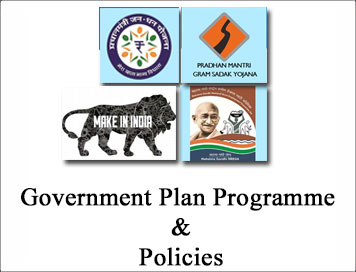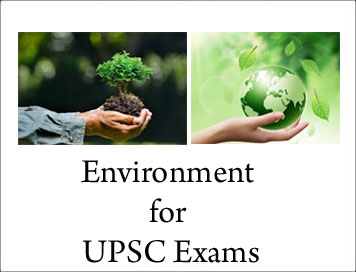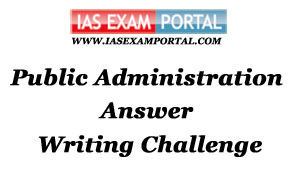
"Housing for All by 2022" Mission - National Mission for
Urban Housing
“Housing for All by 2022” aimed for urban areas with following
components/options to States/Union Territories and cities:-
a) Slum rehabilitation of Slum Dwellers with participation of
private developers using land as a resource;
b) Promotion of affordable housing for weaker section through
credit linked subsidy;
c) Affordable housing in partnership with Public & Private
sectors and
d) Subsidy for beneficiary-led individual house construction or
enhancement.
Central grant of Rs. one lakh per house, on an average, will be
available under the slum rehabilitation programme. A State Government would have
flexibility in deploying this slum rehabilitation grant to any slum
rehabilitation project taken for development using land as a resource for
providing houses to slum dwellers. Under the Credit Linked Interest Subsidy
component, interest subsidy of 6.5 percent on housing loans availed upto a
tenure of 15 years will be provided to EWS/LIG categories, wherein the subsidy
pay-out on NPV basis would be about Rs.2.3 lakh per house for both the
categories. Central assistance at the rate of Rs.1.5 lakh per house for EWS
category will be provided under the Affordable Housing in Partnership and
Beneficiary-led individual house construction or enhancement. State Government
or their para statals like Housing Boards can take up project of affordable
housing to avail the Central Government grant.
The scheme will be implemented as a Centrally Sponsored Scheme
except the credit linked subsidy component, which will be implemented as a
Central Sector Scheme. The Mission also prescribes certain mandatory reforms for
easing up the urban land market for housing, to make adequate urban land
available for affordable housing. Houses constructed under the mission would be
allotted in the name of the female head of the households or in the joint name
of the male head of the household and his wife. The scheme will cover the entire
urban area consisting of 4041 statutory towns with initial focus on 500 Class I
cities and it will be implemented in three phases as follows, viz. Phase-I
(April 2015 - March 2017) to cover 100 Cities to be selected from States/UTs as
per their willingness; Phase - II (April 2017 - March 2019) to cover additional
200 Cities and Phase-III (April 2019 - March 2022) to cover all other remaining
Cities. However, there will be flexibility in covering number of cities in
various phases and inclusion of additional cities may be considered by the
Ministry of Housing & Urban Poverty Alleviation in case there is demand from
States and cities and have capacity to include them in earlier phases. Credit
linked subsidy component of the scheme would be implemented across the country
in all statutory towns from the very beginning.
Dimension of the task at present is estimated at 2 crore. Exact
number of houses, though, would depend on demand survey for which all
States/Cities will undertake detailed demand assessment for assessing actual
demand by integrating Aadhar number, Jan Dhan Yojana account numbers or any such
identification of intended beneficiaries. A Technology Sub-mission under the
Mission would be set up to facilitate adoption of modern, innovative and green
technologies and building material for faster and quality construction of
houses. The Technology Sub-Mission will also facilitate preparation and adoption
of layout designs and building plans suitable for various geo-climatic zones. It
will also assist States/Cities in deploying disaster resistant and environment
friendly technologies. The Technology Sub-Mission will coordinate with various
regulatory and administrative bodies for mainstreaming and up scaling deployment
of modern construction technologies and material in place of conventional
construction. The Technology Sub-Mission will also coordinate with other
agencies working in green and energy efficient technologies, climate change etc.
The Technology Sub-Mission will also work on the following
aspects: i) Design & Planning ii) Innovative technologies & materials iii) Green
buildings using natural resources and iv) Earthquake and other disaster
resistant technologies and designs. In the spirit of cooperative federalism, the
Mission will provide flexibility to States for choosing best options amongst
four verticals of the Mission to meet the demand of housing in their states. The
process of project formulation and approval in accordance with Mission
Guidelines would be left to the States, so that projects can be formulated,
approved and implemented faster. The Mission will provide technical and
financial support in accordance to the Guidelines to the States to meet the
challenge of urban housing. The Mission will also compile best practices in
terms of affordable housing policies of the States/UTs designs and technologies
adopted by States and Cities with an objective to spread best practices across
States and cities and foster cross learning. The Mission will also develop a
virtual platform to obtain suggestions and inputs on house design, materials,
technologies and other elements of urban housing.




